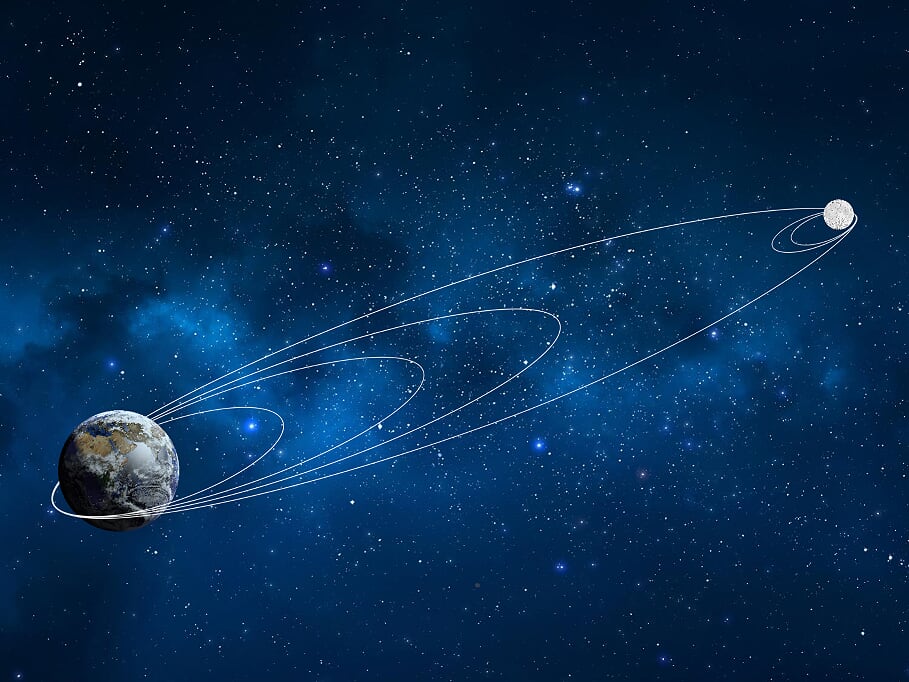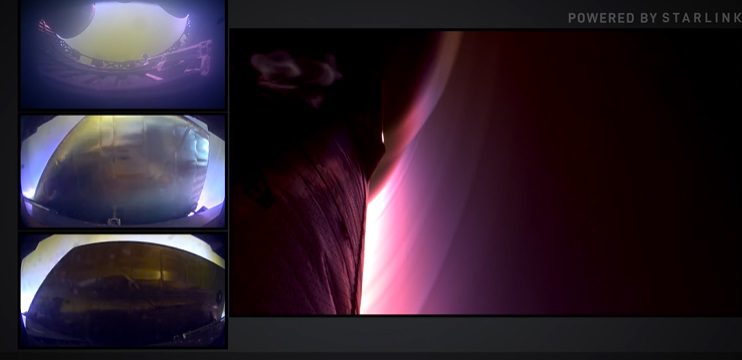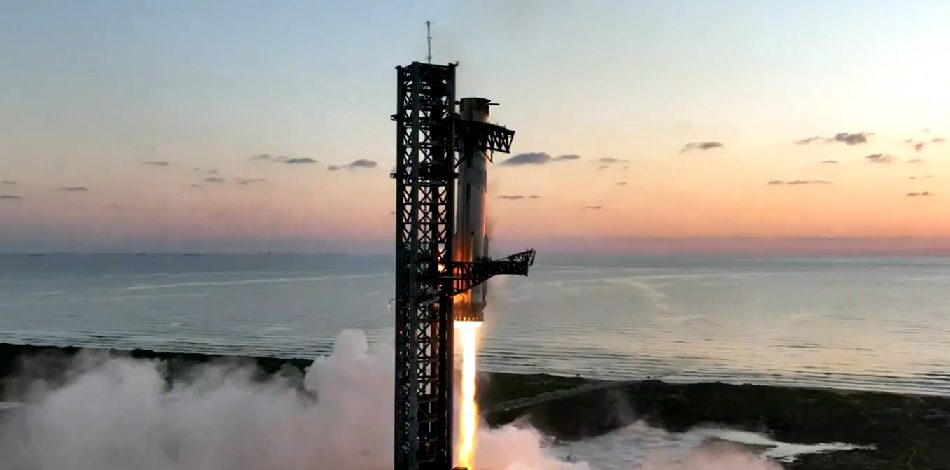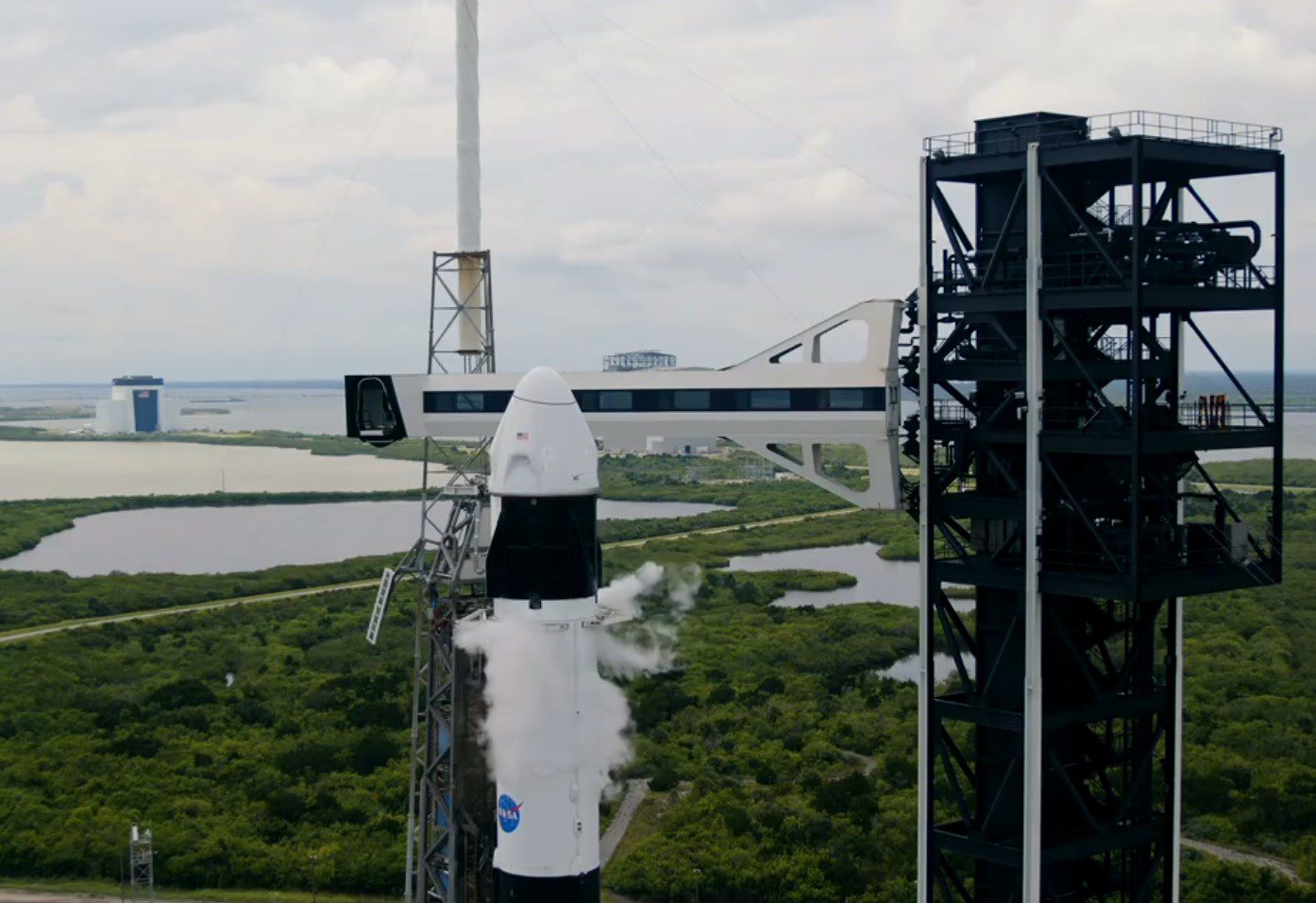While the 4,100kg PSN-6 communications satellite for Indonesia’s PT Pasifik Satelit Nusantara (PSN) was the SpaceX Falcon 9’s main payload, it was one of its co-payloads that got all the headlines. The launch took place successfully at 0145 GMT on 22 February, on the Falcon 9v1.2FT Block 5 rocket from Cape Canaveral, Florida. Apart from PSN-6, the first privately funded unmanned lunar landing craft to make the journey to Earth’s natural moon, Beresheet, was launched for the Israeli based organisation SpaceIL.
The SSL-built PSN 6 satellite and Beresheet lander were deployed directly into an elliptical geosynchronous Transfer orbit (GTO) – the S5 satellite will later be deployed from the PSN 6 satellite. The Beresheet lander is to use its own engine to raise its orbit towards the Moon.
After entering lunar orbit, the craft will land and take magnetic measurements. The lander will then use its engine to “hop” to another research location.
Meanwhile, the PSN-6 will circularise into a full geostationary Earth orbit (GEO) where it will operate for the next 15 years or so. As a secondary role, the PSN-6 is also acting as a delivery spacecraft for the S5 situational awareness spacecraft of the US Air Force Research Lab, the launch of which was arranged by Spaceflight Industries.
The reusable core stage of the launch vehicle was successfully recovered on a barge. An attempt to recover the fairing halves was cancelled prior to launch due to the rough sea state of the Atlantic.
Update on 28 February: After an initial orbital raise on 24 February, further orbit raising of the SpaceIL Beresheet lander has been delayed due to a computer glitch which prevented a burn of the orbit raising engine.
The reusable core stage of the launch vehicle was successfully recovered on a barge however attempts to recover the fairing were cancelled prior to launch due to the sea state in the Atlantic.








